Allison Francis (Frank) Page is certainly well publicized for his contributions to the development of Cary and is known as the town's founder. But there is another highly accomplished citizen who perhaps doesn't get the credit he should. He is Rufus Henry Jones.
Rufus is Cary through and through. He was born here. He died here and is buried here. He was here before Frank Page, and he stayed here. And while he was here, he contributed greatly to the development of Cary and its people.
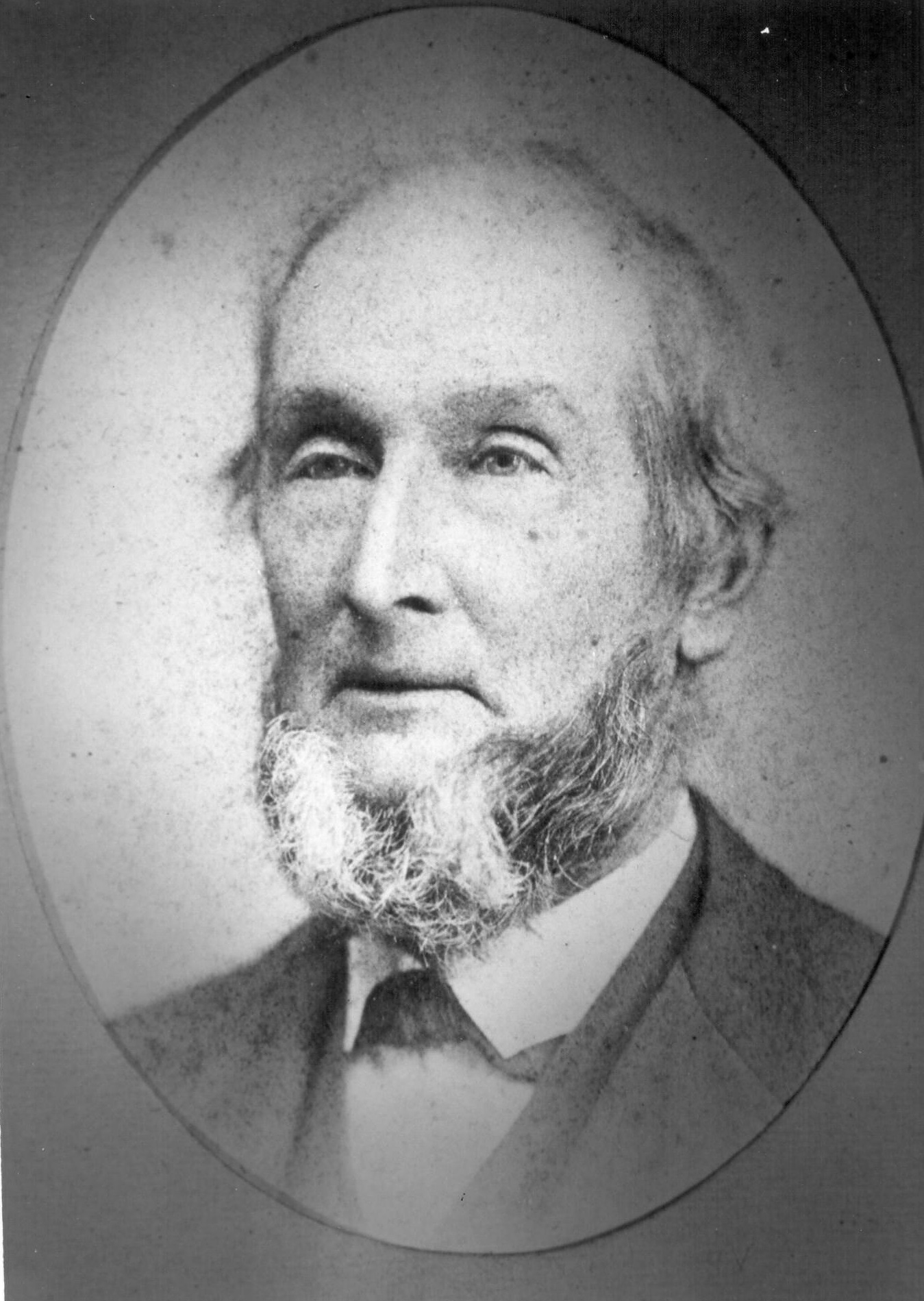
Rufus Jones
Two grandfathers with the same first and last names
Rufus Jones was a descendant of one of the first land owners in this area, Francis Jones. Though Francis acquired the land in 1749, he likely never lived here, but he willed the land to his sons Tignall and Nathaniel and the two of them were two of the first white settlers to build homes in this area. Tignall settled in what is now Morrisville. His brother Nathaniel settled along Crabtree Creek in what is now central western Cary. This Nathaniel Jones was known as Nathaniel Jones Sr. of Crabtree to distinguish him from Rufus Jones's other grandfather who was also named Nathaniel Jones and living in the area at the same time! This other Nathaniel Jones was known as Nathaniel Jones of White Plains for the cotton fields he owned in the eastern part of what is now Cary. These two Nathaniel Joneses were not related, but they had children who married each other, thereby connecting the two families by blood. Nathaniel Jones Sr. of Crabtree had a son, Henry who married the daughter of Nathaniel Jones of White Plains, Nancy. Rufus Jones was the son of Henry and Nancy.
A famous house to grow up in
You might recognize Henry and Nancy Jones as the owners of the famous and historic Nancy Jones House. Likely built by Nathaniel Jones Sr. of Crabtree in the very early 1800s, this house still stands on Chapel Hill Road and is on the National Register of Historic Places. For a deep dive into the history of the Nancy Jones House, see Historic Houses on the Move: The Nancy Jones House by Carla Michaels. As late as 1900, a Raleigh News and Observer article reported that Rufus was the owner of the “plantation” and that the property had continually been in the Jones family since the original grant to his great grandfather Francis Jones in 1749.
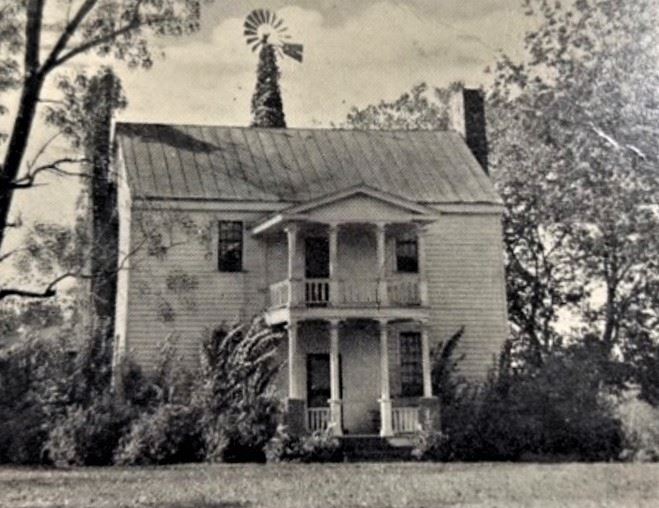
Historic Nancy Jones HouseRufus was born on December 31, 1819, the eve of the new year 1820. He was the third of five children born to Henry and Nancy, who was Henry's second wife. A family bible record from the David M. Rubenstein Rare Book and Manuscript Library at Duke University shows the recording of the marriage of Henry and Nancy and the births of their five children.
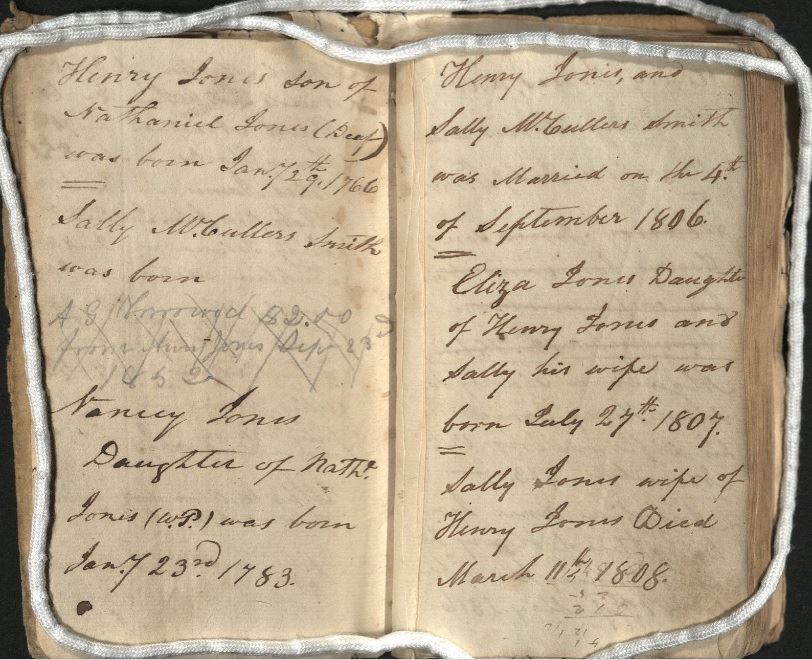
Jones Family Bible pages
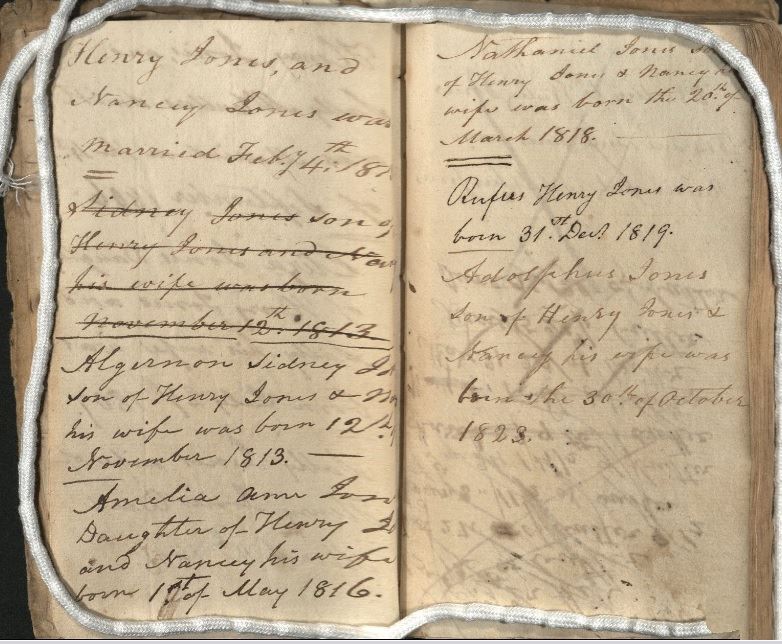
Jones Family Bible pages
Education first and foremost
Rufus, like all children in the early days of Cary, grew up in a family that farmed. Being a relatively well off family, the Henry and Nancy Jones family had the means to formally educate their children. Rufus attended Hillsborough Academy (also known as the Bingham Academy) in 1839 to prepare for higher education, and he went on to graduate from the University of North Carolina at Chapel Hill in 1843. He started his own career in education by operating an early school in the Cary area in 1847. He also served on the Common School Committee of Examination, ensuring the quality of teachers in Wake County. In 1873, Rufus purchased a 1/3 interest in Cary Academy from Frank Page, who had started the school in 1870. In 1886, two of his daughters, Sarah and Loulie (Louise) purchased the remaining interest in the school, and the family owned the school until stockholders bought out the Jones family interest and incorporated the school in 1896. Rufus’s home on Academy Street stood until the 1960s and was known as the impressive “Principal’s House.” After Rufus's death in 1903, the house was sold by his heirs to one of Cary High School's early principals, E.L. Middleton. The house stood on the site of the old library green, near the Cary Arts Center. This site is now the home of yet another historic house, the Ivey-Ellington House, which was moved from its original location on West Chatham Street in February 2023.
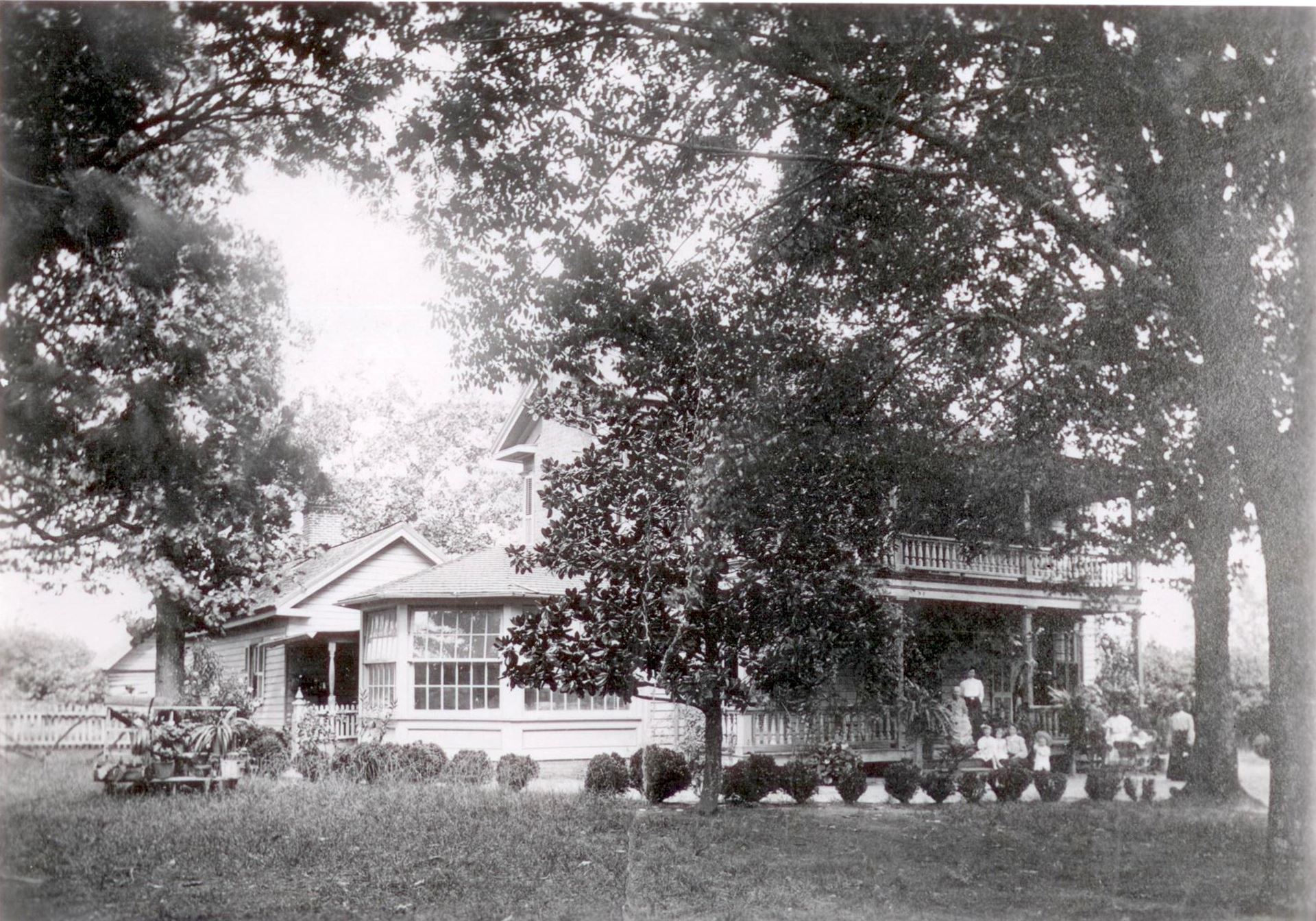
Rufus and Sarah Jones House, later owned by an early principal of Cary High School, E.L. Middleton
Education ran in the family. Rufus's daughters Loulie and Lily attended Greensboro Female College and studied to be teachers. Both of them taught at the private Cary Academy and as noted, Loulie was part owner of the school for 10 years.
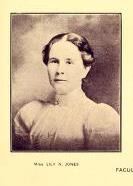
Lily Jones
Connections to Chatham County
Rufus Jones married Sarah Catherine Merritt of Chatham County in 1849. The Merritts lived in Pittsboro near New Hope Creek on a plantation they called “Cape Lookout.” Rufus's brother Algernon Sidney Jones married Sarah's sister Elizabeth Rencher Merritt. With two brothers from the Jones family of Cary married to two sisters of the Merritt family of Pittsboro, several connections between the two families and towns were made.

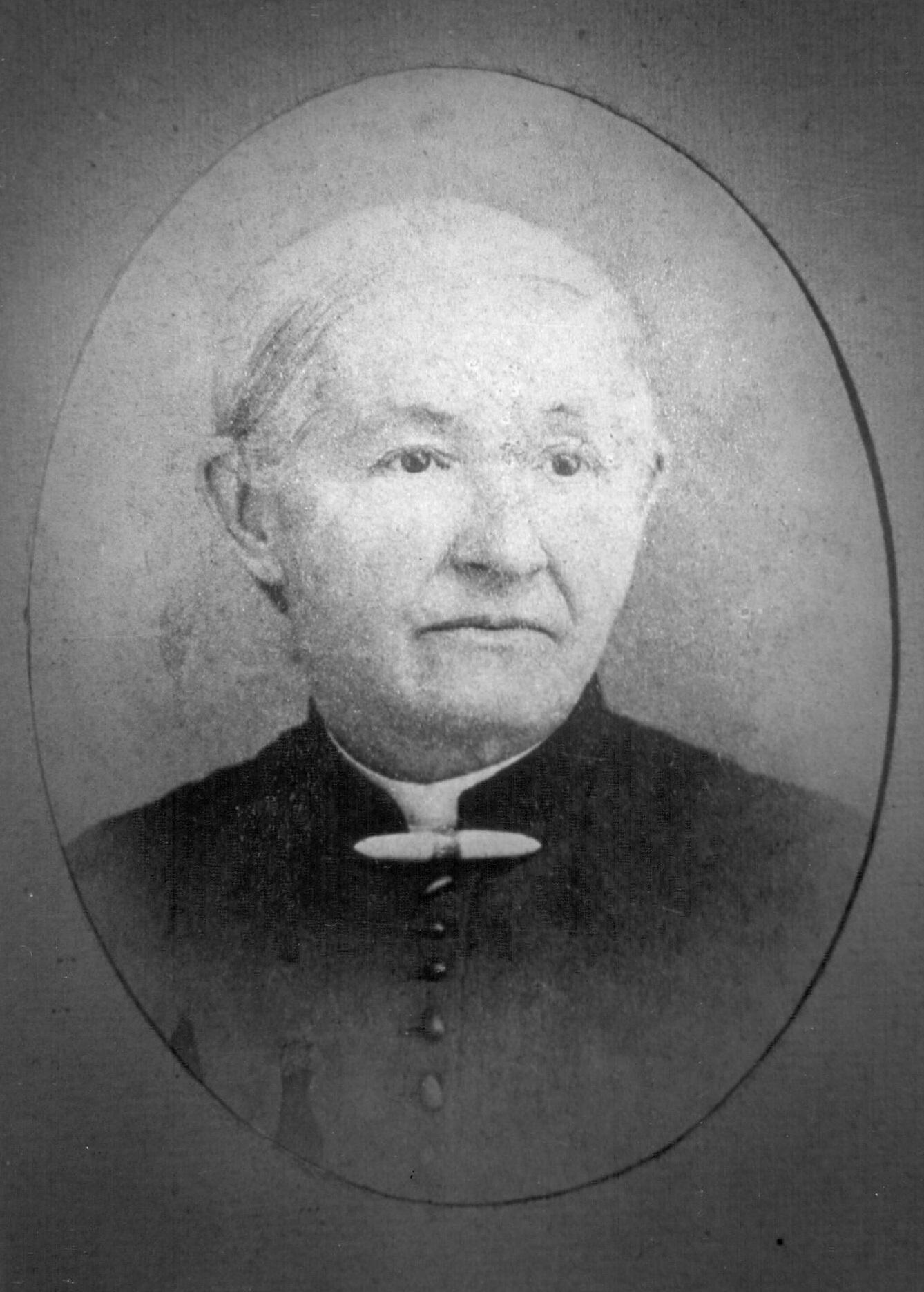
Sarah Merritt Jones


Young Sarah Merritt Jones
In 1870, Sarah's brother A. H. (Haywood) Merritt was brought into the newly established Cary Academy as its first principal and teacher by his brother-in-law Rufus Jones. Not only was Merritt the principal of the school that Frank Page built, but was also on the Board of Trustees of the Methodist Church, the church that Frank Page had a hand in founding and building. He also served on the executive committee of the Wake County Bible Society along with Frank Page and brother-in-law Rufus Jones. After serving as an appointed town commissioner, Haywood was in the first group of elected commissioners for the Town of Cary. Professor Merritt went on later to be in charge of the successful Pittsboro Academy in Chatham County and served for many years as the Superintendent of the Pittsboro United Methodist Church Sunday School. On the state level, Professor Merritt served as a 3-term state senator. He served on the committee of education and libraries, demonstrating his commitment to education and was a leading proponent in the legislature of the temperance movement. He served as a trustee of the University of North Carolina as well as superintendent of public instruction in Chatham County. Haywood Merritt moved to Mt. Airy, NC in his later years and lived out the rest of his life there with other members of his family.

Haywood Merritt [bearded gentleman in the middle] and family in Mt. Airy
A time of war
At the time of the Civil War, Rufus Jones and his family were living in the western part of what is now Cary, not far from his mother Nancy Jones, who was still living. On the 1870/1871 Fendol Bevers map of Wake County, his home appears along Pittsboro Road (just above the number 11). The home of Nancy Jones was northeast of Rufus's home (along the railroad tracks under the “v” in Morrisville on the map). Our best guess places Rufus's home near the present-day intersection of Davis Dr. and High House Rd.

Fendol Bevers 1870/1871 map of Wake County
Clara Jones was an African American woman who was enslaved by the Rufus Jones family during the war. Her memories were recorded as part of a Federal Writers' Project in the 1930s, U.S., Interviews with Former Slaves, 1936-1938. Clara recalled about the end of the war:
“When de Yankees come, Mis Sally Marse Rufus' wife cried and ordered the scalawags outen de house but dey jist laughs at her an' takes all we got. Dey eben takes the stand of lard dat we has got buried in de ole fiel' an' de hams hangin' up in de trees in de pasture. After dey is gone, we fin's a sick Yankee in de barn an' Mis Sally nurses him. Way atter de war Mis Sally gits a letter an' a gol' ring from him.”
You can read Clara's complete narrative here.
Politics and religion and grasshoppers
Rufus followed in the footsteps of some of his inlaws and his own Jones family ancestors and developed an early interest in politics, serving in the House of Commons from Wake County in 1848 – 1849 and as a Wake County Commissioner. He is also noted for being the first elected mayor of Cary in 1872.
In 1877, Cary was apparently besieged by grasshoppers and Rufus did his part to try to rid the community of these pests. This snippet from the Raleigh Christian Advocate in 1877 tells of his actions:

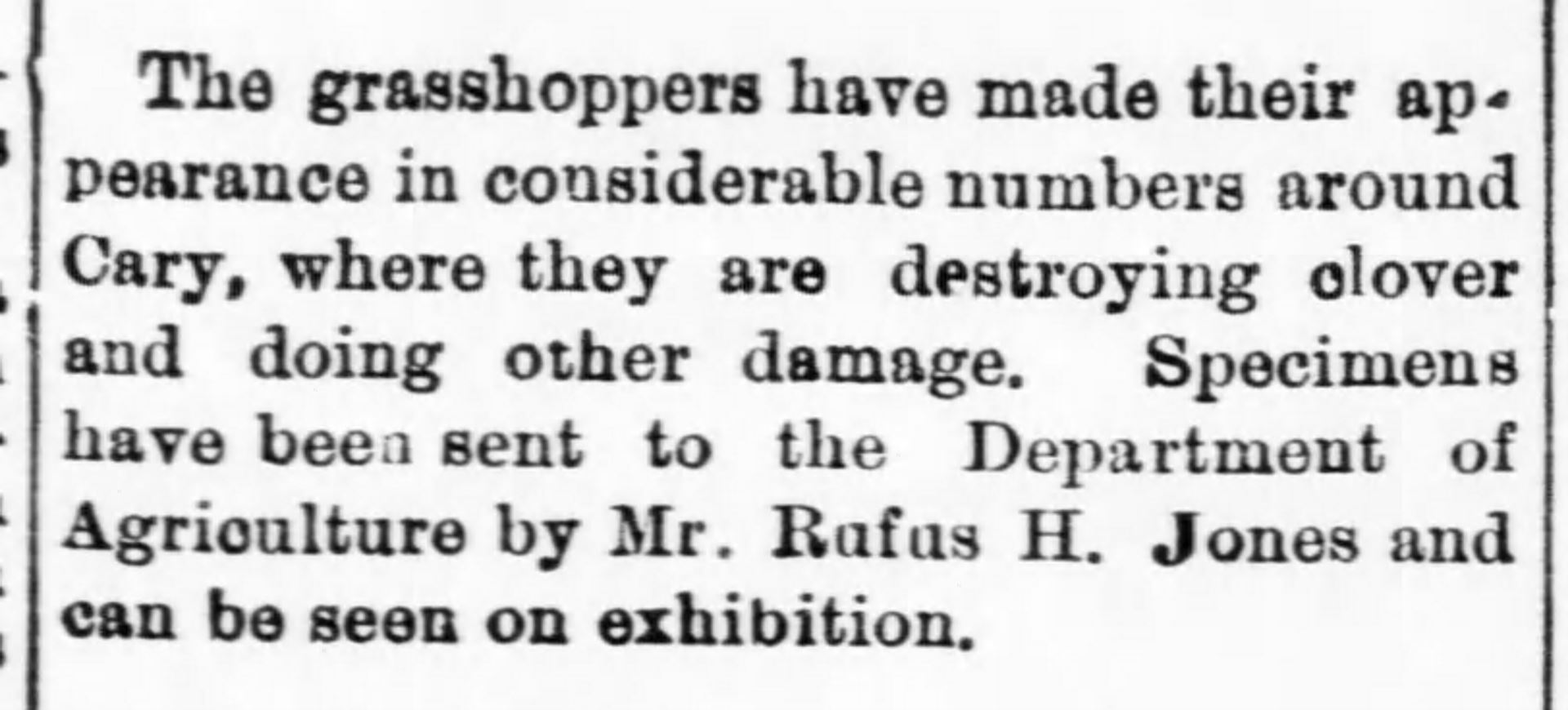
Snippet from September 19, 1877 Raleigh Christian Advocate
Rufus also participated in civic and religious activities throughout his life. He was an early member of Asbury Church, appearing on a list of members in 1853. Rufus was also a founding member and trustee of the Cary Methodist Church and was a long-time president and member of the Wake County Bible Society.
As a businessman, Rufus operated a short-lived tannery.
More than an esteemed ciitzen
At his death, his obituary noted that Rufus Jones “was held in the highest esteem by all the people of the county.” He died in 1903 and is buried in the family plot at Hillcrest Cemetery. Many Jones family members are buried there with him, including his father Henry and brother Nathaniel whose bodies were moved from their original burial spots on the Nancy Jones House property. Hillcrest Cemetery exists because of Rufus and his wife Sarah, who donated land they owned to the town in 1887 for use as a place for townspeople's burials. Cary townspeople are still being buried there today.
With Rufus Jones being Methodist, an educator, and a member of one of the earliest and most influential families in the Cary area, it was natural for Frank Page to know and value Rufus’s influence and talents in establishing the Town of Cary. We might take it a step further and give credit to Rufus for co-founding the town with Frank.